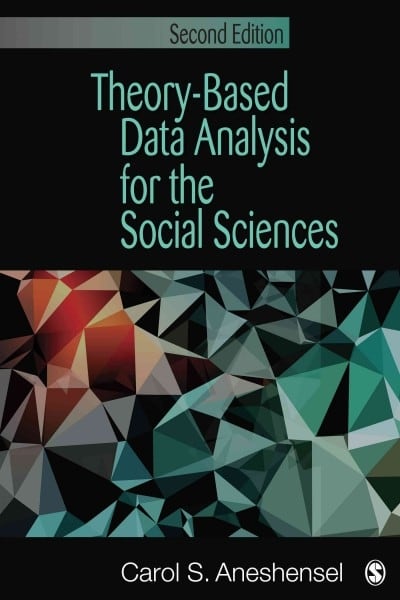Answered step by step
Verified Expert Solution
Question
1 Approved Answer
Comments Editing Part I: General Concepts These questions are based on the concepts covered in this module's assigned readings and presentations. 47 | 56




Comments Editing Part I: General Concepts These questions are based on the concepts covered in this module's assigned readings and presentations. 47 | 56 57 61 67 40 49 55 58 62 68 41 50 56 58 64 69 1. The following data represents 18 emotional intelligence 31 test scores. Organize these data into a class interval frequency distribution using 3 intervals with frequency and relative frequency () columns. ANSWER: Fill in the yellow cells: Class Intervals (usef whole numbers) f(round to 2 decimals) ANSWER ANSWER ANSWER ANSWER ANSWER ANSWER ANSWER ANSWER ANSWER N = 18 What is the class width? ANSWER What is the upper class limit of the first interval? Answer the following question related to your assigned readings and presentations What do the following symbols a ANSWER b. ANSWER represent? a N b. U Use the following five (5) numbers to calculate the following by hand (must show all work and do NOT round) 3 4 5 9 Focus 90F Mostly sunny 4 5. 6. Calculate all measures of central tendency. Label each one. Is this data best described as normal, positively skewed, or negatively skewed? How does your previous answer confirm this? ANSWER ANSWER Calculate the range and average deviation. Show all work. 7. Calculate the standard ANSWER ANSWER deviation using the formula from ch.5. Show all work S State two ways the standard deviation differs from the average deviation ANSWER Students in the psychology department consume an average of 5 cups of coffee per day with a standard deviation of 1.75 cups. The number of cups of coffee consumed is normally distributed. Make sure you do NOT round when answering any of these questions. When applicable, show ALL work for full points. 9. Nancy drank 6 cups of coffee. What proportion of students drank FEWER cups of coffee than Nancy? (do not round and use the table in the appendix of the Jackson e-book) ANSWER 10. Which of the following curves (A, B, or C) best illustrate where Nancy's data would be? ANSWER N A B. C. 11. How many cups of coffee would an individual at the 80th percentile rank drink? (do NOT round) ANSWER 12. Adeyemi Adetoye Imagine this course is over and instead of seeing your total points earned, you are given a z score and the grade is curved to fit a normal distribution. What would you want your z score to be and why? (make sure you use a numerical value and indicate whether it is positive or negative) ANSWER Comments Edi Part II: SPSS Application These questions require the use of SPSS. Remember you must submit all of your work within this word document. You will need to take a screen shot of your data view if necessary, or copy and paste your output into the spaces below. The following dataset contains scores for depression, a subscale on the DASS-21 from 18 individuals. This variable is considered scale and is discrete. Enter the following data into SPSS to answer the following questions. Make sure you name the variable "Depression" and that you set the scale of measurement within SPSS. 11 13 15 17 18 22 7 8 18 17 13 11 9 16 18 12 13 15 13 Insert the descriptive statistics table (NOT the frequency table) from your SPSS output. ANSWER Insert table here 14. Create a histogram of the data using SPSS and paste it below. ANSWER Insert SPSS graph here Part III: Cumulative These questions can be related to anything covered thus far in the course. As part of his dissertation, Joe wanted to know if an icecream reward can increase the number DFocus Part III: Cumulative These questions can be related to anything covered thus far in the course. PSYC 510 As part of his dissertation, Joe wanted to know if an icecream reward can increase the number of books read by children in the first grade. The small school has four 1st grade classes - two are given the reward and two are not; total number of books read at the end of the term are compared. 15. What is the independent variable? Is it a true manipulated variable or a subject / ANSWER participant variable? 16. What is the dependent variable? What is ANSWER its scale of measurement? 17. He found a huge difference - students read more in the classes rewarded with icecream. What is a potential confounding variable? ANSWER Answer the final question related to your previous readings and presentations on reliability and validity. 18. When you log in to take your psychology exam, you are flabbergasted to find that all of the questions are on calculus and not psychology. The next day in class, students complain so much that the professor agrees to give you all a makeup exam the following day. When you arrive in class the next day, you find that although the questions are different, they are once again on calculus. In this example, there should be high reliability of what type? What type(s) of validity is the test lacking? Explain your answers. ANSWER ibmit this assignment by 11:59 p.m. (ET) on Sunday of Module 4. Remember to name the file W Jlink
Step by Step Solution
There are 3 Steps involved in it
Step: 1

Get Instant Access to Expert-Tailored Solutions
See step-by-step solutions with expert insights and AI powered tools for academic success
Step: 2

Step: 3

Ace Your Homework with AI
Get the answers you need in no time with our AI-driven, step-by-step assistance
Get Started


